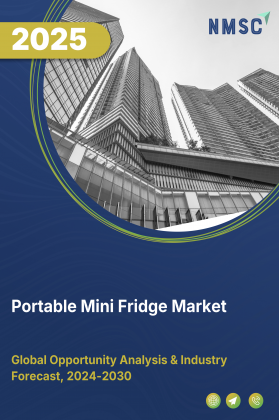
Australia Heat Exchangers Market by Type (Shell & Tube, Plate & Frame, Air Cooled, and Others), by Material (Metals, Alloys, and Brazing-CLAD), and by End User (Chemical, Energy, HVACR, Food & Beverages, Power, Pulp & Paper, and Other End User)– Opportunity Analysis and Industry Forecast, 2024–2030
Industry: Retail and Consumer | Publish Date: 24-Jun-2025 | No of Pages: 113 | No. of Tables: 145 | No. of Figures: 90 | Format: PDF | Report Code : RC1563
Market Overview
The Australia Heat Exchangers Market size was valued at USD 287.2 million in 2023, and is predicted to reach USD 560.5 million by 2030, with a CAGR of 9.4% from 2024 to 2030.
Heat exchangers are apparatuses designed to transfer heat between fluids without direct contact, extensively utilized across industrial, commercial, and residential domains, including HVAC systems and refrigeration units, to effectively heat or cool fluids or air. They operate by enabling heat to traverse through a barrier, such as a solid wall or a series of plates or tubes, facilitating various tasks such as heating water in boilers or cooling air in air conditioning systems.
These devices are available in diverse designs tailored to specific requirements, ranging from basic radiator coils to intricate systems found in chemical processing plants and power generation facilities. They play indispensable roles across numerous industries and applications, regulating air temperatures in buildings, facilitating steam production in power plants, controlling temperatures during chemical reactions, and aiding in food processing, among other functions. Moreover, they serve as critical components in automotive cooling systems and boast widespread applications in aerospace, marine, and wastewater treatment sectors, where they play a pivotal role in ensuring efficient thermal management and energy transfer.
Growing Industrialization And Urbanization In Australia Driving Market Expansion
Australia's ongoing industrialization and rapid urban development are major forces accelerating the growth of the heat exchanger market. As urban centres expand and new infrastructure projects proliferate, there is a heightened need for efficient HVAC systems in residential, commercial, and public buildings. Heat exchangers, as essential components in HVAC setups, are in increasing demand to support effective thermal management and energy efficiency.
Simultaneously, growth in key industrial sectors—including manufacturing, mining, and construction—is further fueling demand. These industries rely on heat exchangers for a range of processes such as equipment cooling, waste heat recovery, and process heating. The expansion of these sectors creates new opportunities for heat exchanger deployment, boosting market growth across Australia.
Surging Demand For Renewable Energy And Sustainability Initiatives In Australia
Australia’s shift towards renewable energy and stricter environmental regulations are significantly contributing to the heat exchanger market's growth. With increasing investments in clean energy sources—such as solar, wind, hydro, and biomass—there is a growing need for efficient thermal systems that can support heat recovery, energy conversion, and storage in renewable energy infrastructure.
Heat exchangers are critical in applications like solar thermal plants, biomass boilers, and geothermal energy systems. As government incentives and regulatory frameworks push for lower emissions and enhanced energy efficiency, the adoption of renewable technologies continues to grow. This transition reinforces the demand for advanced heat exchanger solutions that align with Australia’s sustainability goals and net-zero emissions targets.
High Costs And Competition From Emerging Technologies Restrain Market Growth
In the Australian market, the growth of the heat exchanger sector is challenged by both the high upfront investment and competition from emerging alternative technologies. Traditional heat exchangers often require substantial capital for procurement, installation, and integration, particularly in large-scale industrial applications. These high initial costs can deter small- to mid-sized enterprises from adopting or upgrading systems.
Moreover, alternative thermal management technologies—such as phase change materials (PCMs), advanced heat pipes, and direct-contact heat transfer systems—are gaining traction for their potential benefits. These may include simpler installation, reduced maintenance, and better performance in niche applications. Such innovations pose a competitive threat to conventional heat exchangers, especially in sectors seeking cost-effective and low-maintenance solutions.
To remain competitive, heat exchanger manufacturers in Australia must invest in R&D to enhance energy efficiency, reduce costs, and adapt to the evolving technological landscape. A failure to innovate and keep pace with emerging technologies could lead to reduced market share and slow overall industry growth.
Growing Role In Decarbonization And Renewable Energy Systems Creates Expansion Opportunity
Australia’s increasing focus on decarbonization and the transition to renewable energy presents a significant opportunity for heat exchanger market growth. As the country pushes towards net-zero emissions and cleaner energy solutions, heat exchangers are becoming essential in renewable and low-carbon technologies. These include solar thermal systems, biomass and biogas plants, and geothermal heating and cooling solutions.
Heat exchangers enable efficient heat recovery, thermal energy storage, and optimized system performance, making them critical for maximizing the output and efficiency of renewable energy systems. Their integration into district heating networks, waste heat recovery systems, and energy-efficient buildings further enhances their market potential.
Additionally, Australia’s supportive policy landscape—featuring renewable energy targets, government incentives, and investment grants—provides a strong foundation for further adoption. Companies that align their product offerings with these sustainability goals and regulatory frameworks are well-positioned to benefit from the expanding demand for green energy infrastructure.
Competitive Landscape
Several market players operating in Australia’s heat exchangers market include Alfa Laval AB, Johnson Controls International Plc, Carrier Global Corporation, Lennox International Inc., Thornhill Australia Pty Ltd, Xylem Inc, Danfoss Group, General Electric, Airmaster Australia, Bowman Heat Exchangers Australia, Kelvion Holding GmbH, API Heat Transfer Inc., SPX FLOW, Inc., Trane Technologies Plc, HRS Heat Exchangers among others. These companies are adopting various strategies such as product launches to remain dominant in the heat exchangers market.
Key Market Segments
By Type
-
Shell & Tube
-
Fixed Tube Heat Exchangers
-
U-Tube Heat Exchangers
-
Floating Head Heat Exchangers
-
Other Shell & Tube Heat Exchangers
-
-
Plate & Frame Heat Exchangers
-
Gasketed Plate & Frame Heat Exchangers
-
Welded Plate & Frame Heat Exchangers
-
Brazed Plate & Frame Heat Exchangers
-
Other Plate & Frame Heat Exchangers
-
-
Air Cooled
-
Forced Draft Heat Exchangers
-
Induced Draft Heat Exchangers
-
-
Others
By Materials
-
Metals
-
Steel
-
Copper
-
Aluminum
-
Titanium
-
Nickel
-
-
Alloys
-
Stainless steel
-
Copper alloys
-
Aluminum alloys
-
Other alloys
-
-
Brazing-CLAD
-
Copper brazing
-
Ni clad brazing
-
Phosphor copper brazing
-
Silver brazing
-
Other brazing clad
-
By End User
-
Chemicals
-
Base Chemicals
-
Intermediate Chemicals
-
Specialty Chemicals
-
-
Energy
-
Petrochemicals
-
Oil & Gas.
-
-
HVACR
-
District Heating & Cooling
-
Commercial Refrigeration
-
Air Conditioning
-
Industrial Refrigeration
-
-
Food & Beverages
-
Process Food
-
Dairy
-
Other Food & Beverages
-
-
Power
-
Renewable
-
Non-Renewable
-
-
Pulp & Paper
-
Other End User
Key Players
-
Alfa Laval AB
-
Johnson Controls International Plc
-
Carrier Global Corporation
-
Lennox International Inc.
-
Thornhill Australia Pty Ltd
-
Xylem Inc
-
Danfoss Group
-
General Electric
-
Airmaster Australia
-
Bowman Heat Exchangers Australia
-
Kelvion Holding GmbH
-
API Heat Transfer Inc.
-
SPX FLOW, Inc.
-
Trane Technologies Plc
-
HRS Heat Exchangers
REPORT SCOPE AND SEGMENTATION:
|
Parameters |
Details |
|
Market Size in 2023 |
USD 287.2 Million |
|
Revenue Forecast in 2030 |
USD 560.5 Million |
|
Growth Rate |
CAGR of 9.4% from 2024 to 2030 |
|
Analysis Period |
2023–2030 |
|
Base Year Considered |
2023 |
|
Forecast Period |
2024–2030 |
|
Market Size Estimation |
Million (USD) |
|
Growth Factors |
|
|
Companies Profiled |
15 |
|
Market Share |
Available for 10 companies |
|
Customization Scope |
Free customization (equivalent up to 80 working hours of analysts) after purchase. Addition or alteration to country, regional, and segment scope. |
|
Pricing and Purchase Options |
Avail customized purchase options to meet your exact research needs. |





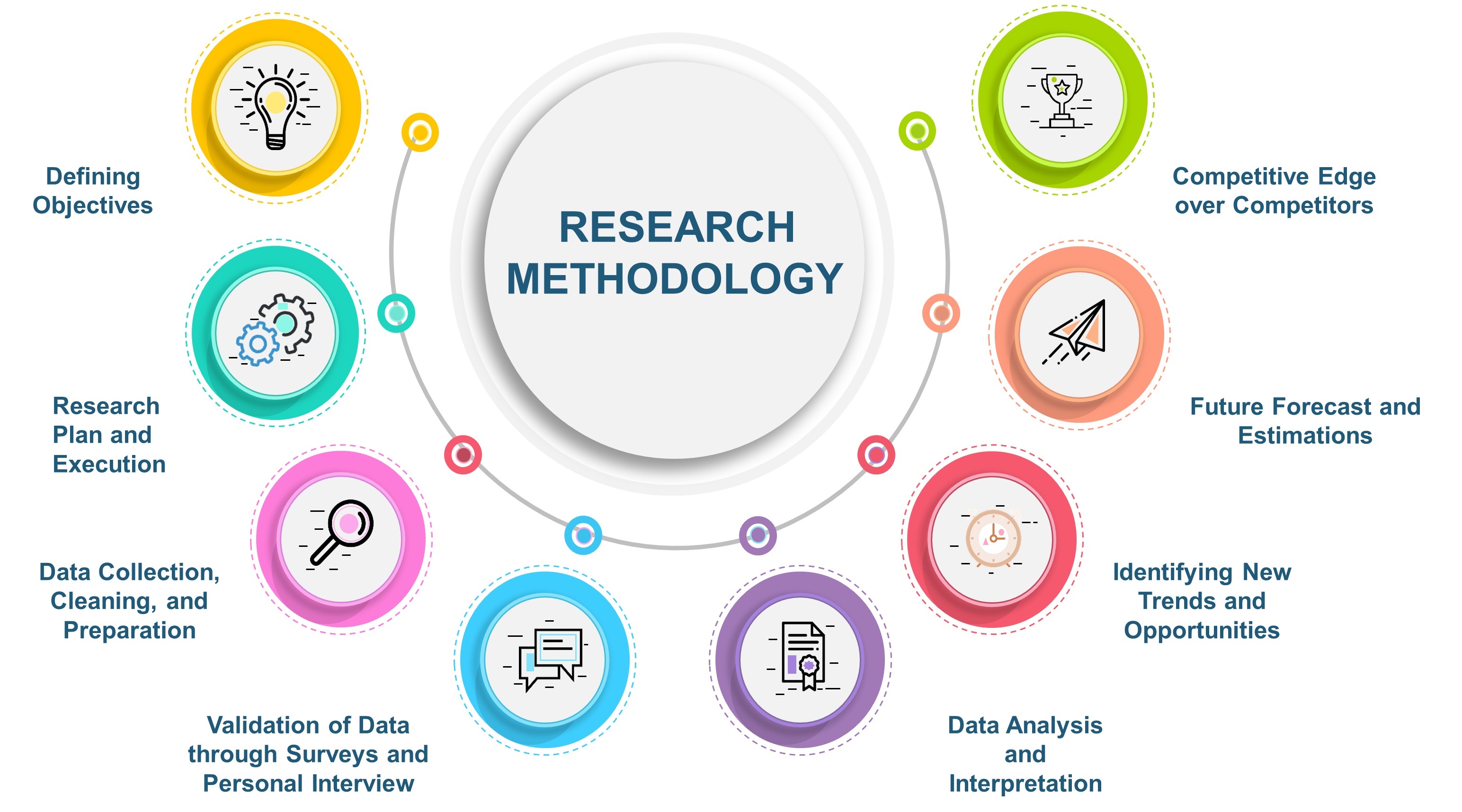
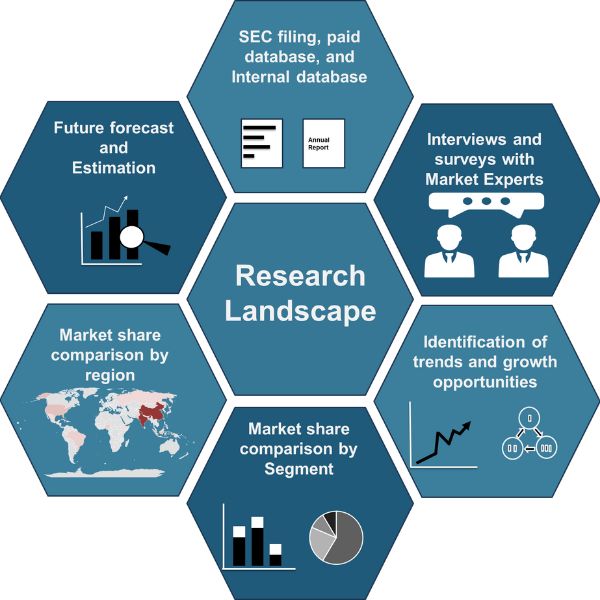
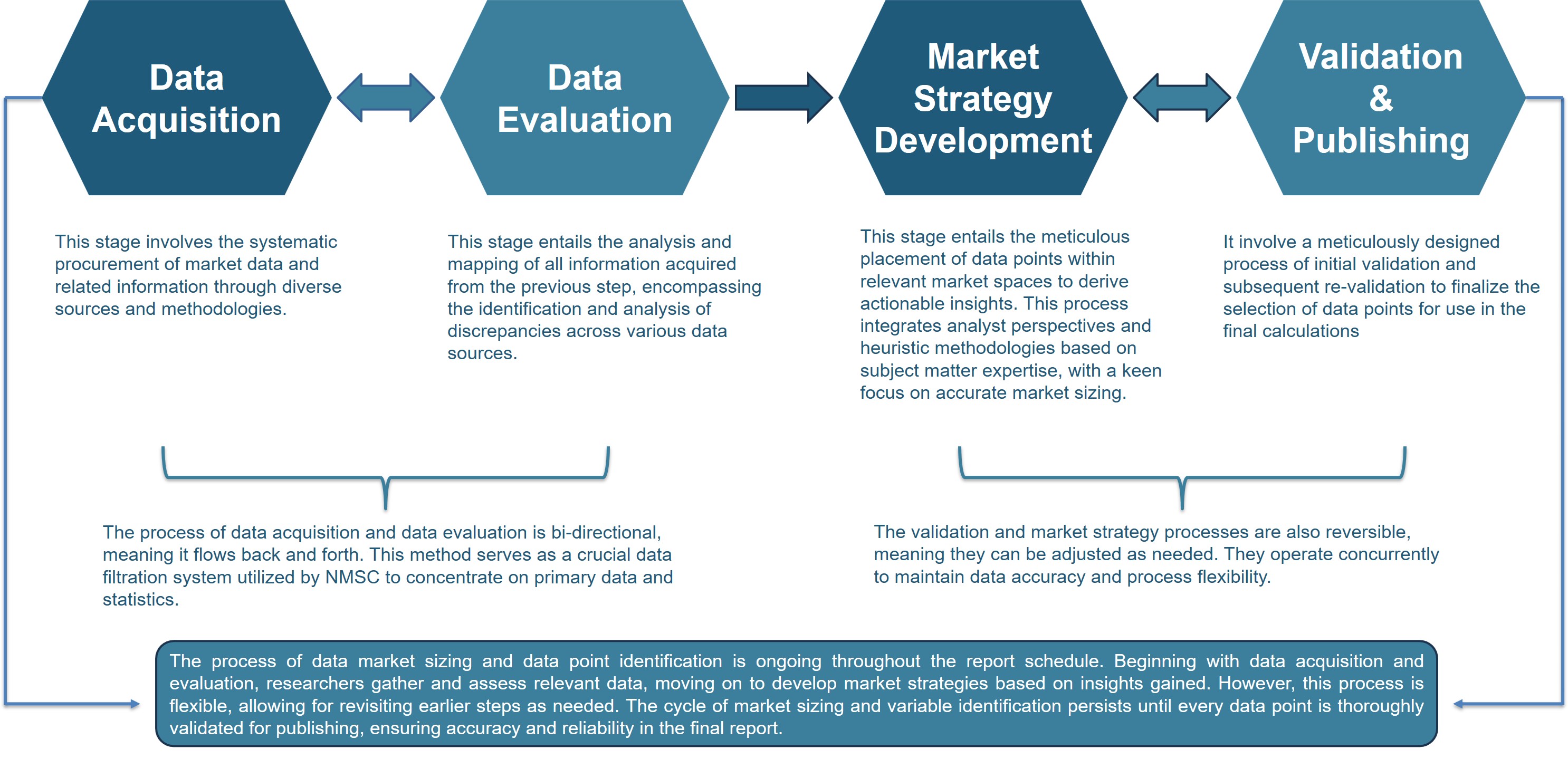




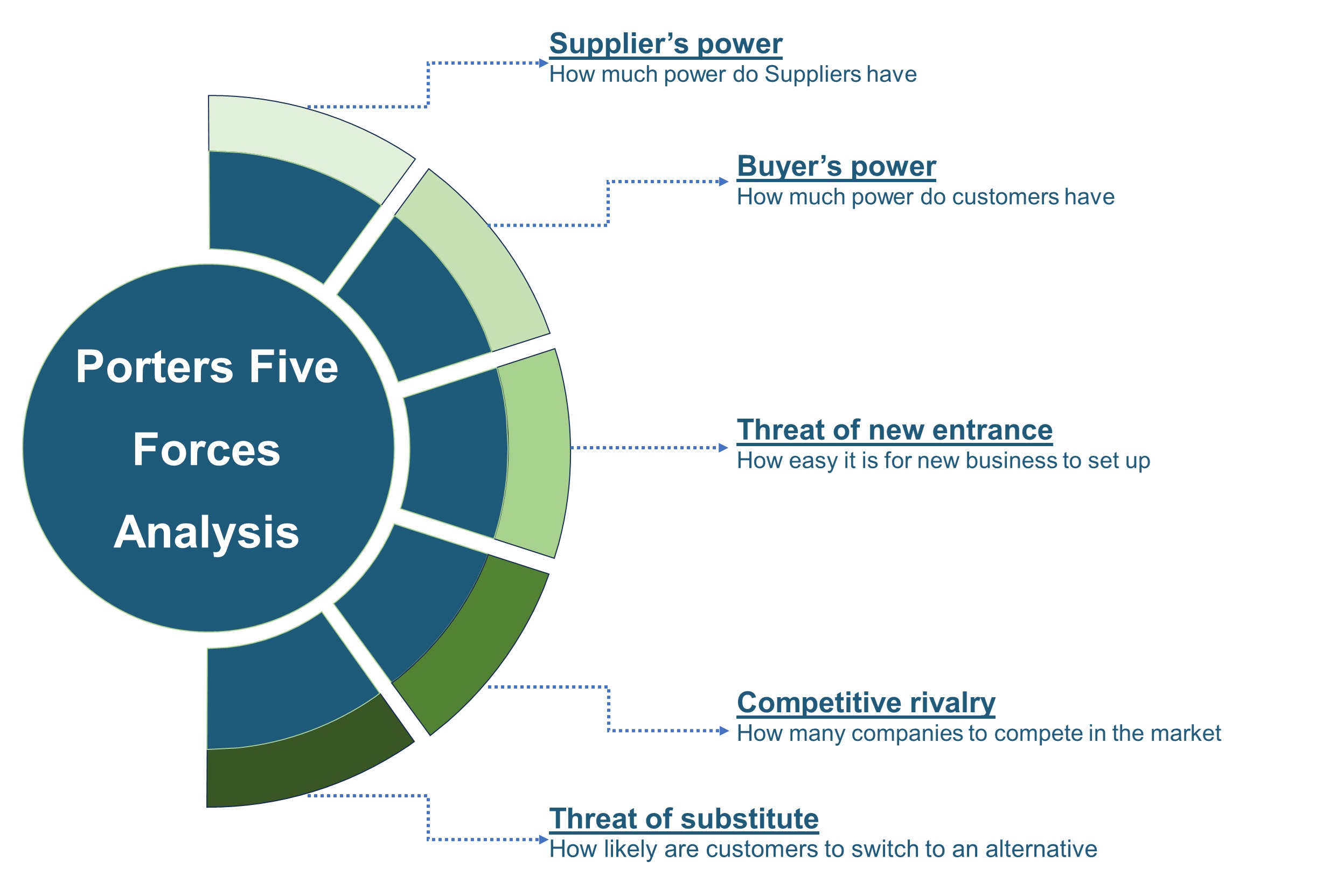







 Speak to Our Analyst
Speak to Our Analyst



